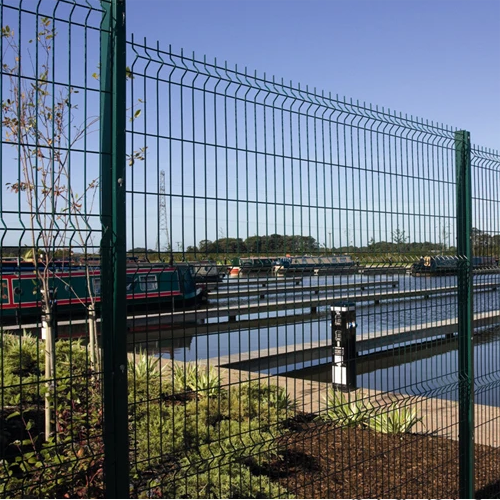putting up chicken wire
Putting Up Chicken Wire A Practical Guide
When it comes to poultry farming or creating a safe enclosure for your backyard chickens, one essential material that stands out is chicken wire. This flexible and durable mesh material is designed to keep your chickens safe from predators while providing them with ample space to roam. In this article, we will explore the benefits of chicken wire, its various uses, and a step-by-step guide on how to properly put it up in your yard.
The Benefits of Chicken Wire
Chicken wire, sometimes referred to as poultry netting, is a highly beneficial tool for anyone interested in raising chickens or protecting their garden from unwanted pests. Here are some of the main advantages
1. Predator Protection The primary function of chicken wire is to serve as a barrier against potential predators such as raccoons, foxes, and hawks. Proper installation ensures your chickens remain safe from these threats.
2. Affordability Compared to other types of fencing materials, chicken wire is relatively inexpensive, making it a cost-effective option for those on a budget.
3. Versatility Chicken wire can be used in a variety of settings—not only for chicken coops but also for garden fencing, rabbit enclosures, and even plant supports. Its adaptability makes it a valuable addition to any outdoor space.
4. Visibility and Light Unlike solid fences, chicken wire allows for better visibility and light penetration. This exposure to sunlight helps maintain a healthy environment for your chickens or garden plants.
How to Install Chicken Wire A Step-by-Step Guide
Now that we understand the multiple benefits of chicken wire, let's delve into how to put it up properly
.putting up chicken wire

Materials Needed - Chicken wire or poultry netting - Fence posts or wooden stakes - Wire cutters - Staple gun (with staples) - Hammer - Measuring tape - Marking paint or stakes - Optional T-posts for additional support
Step 1 Plan and Measure Before you start the installation, plan the layout of your chicken enclosure. Use measuring tape to mark out the perimeter where you want the chicken wire to be placed, and use marking paint or stakes to visualize the area.
Step 2 Install the Posts Begin by installing your fence posts or wooden stakes at the corners and intervals along the perimeter. For stability, posts should be spaced about 6 to 8 feet apart. Ensure they are buried deep enough into the ground (at least 2 feet) to withstand pressure from predators and weather conditions.
Step 3 Unroll and Cut the Chicken Wire Unroll the chicken wire along the perimeter of your enclosure. Use wire cutters to cut the wire according to the height and length required. It's a good idea to have a bit of extra length to ensure full coverage.
Step 4 Attach the Chicken Wire Starting from one end of your enclosure, hold the chicken wire against the posts and use a staple gun to attach it. Be sure to pull the wire taut to avoid sagging, which can create gaps for predators. For added security, you can also use zip ties or nails in addition to staples.
Step 5 Secure the Bottom To prevent animals from digging under the fence, bury a few inches of chicken wire underground at the base, or lay bricks or stones along the perimeter. This added layer of protection can make a significant difference in securing your chickens’ safety.
Step 6 Check for Weak Points Once the chicken wire is up, walk around the perimeter and check for any weak points, gaps, or loose areas where predators could potentially break in. Reinforce these areas as necessary.
Conclusion
Putting up chicken wire might seem daunting at first, but with careful planning and execution, you can create a secure and safe environment for your chickens. Not only does chicken wire provide physical protection, but it also enhances the joy of poultry farming by allowing your feathery friends to enjoy the great outdoors without fear. By following the steps outlined above, you'll be well on your way to establishing a thriving and secure chicken habitat in your backyard. Happy farming!
-
Space-Saving Chain Fence Hacks Vertical Gardening with Cyclone MeshNewsJul.16,2025
-
Innovations in Iron Nail Wire Production for Modern ConstructionNewsJul.16,2025
-
Creative Uses of Wire Netting Fence in Modern Landscape DesignNewsJul.16,2025
-
Barbed Wire Fence Innovations in Anti-Climb TechnologyNewsJul.16,2025
-
Architectural Uses of Umbrella Nails for Aesthetic Roof DesignsNewsJul.16,2025
-
Architectural Uses of Razor Barbed Wire in Secure Urban DesignNewsJul.16,2025




